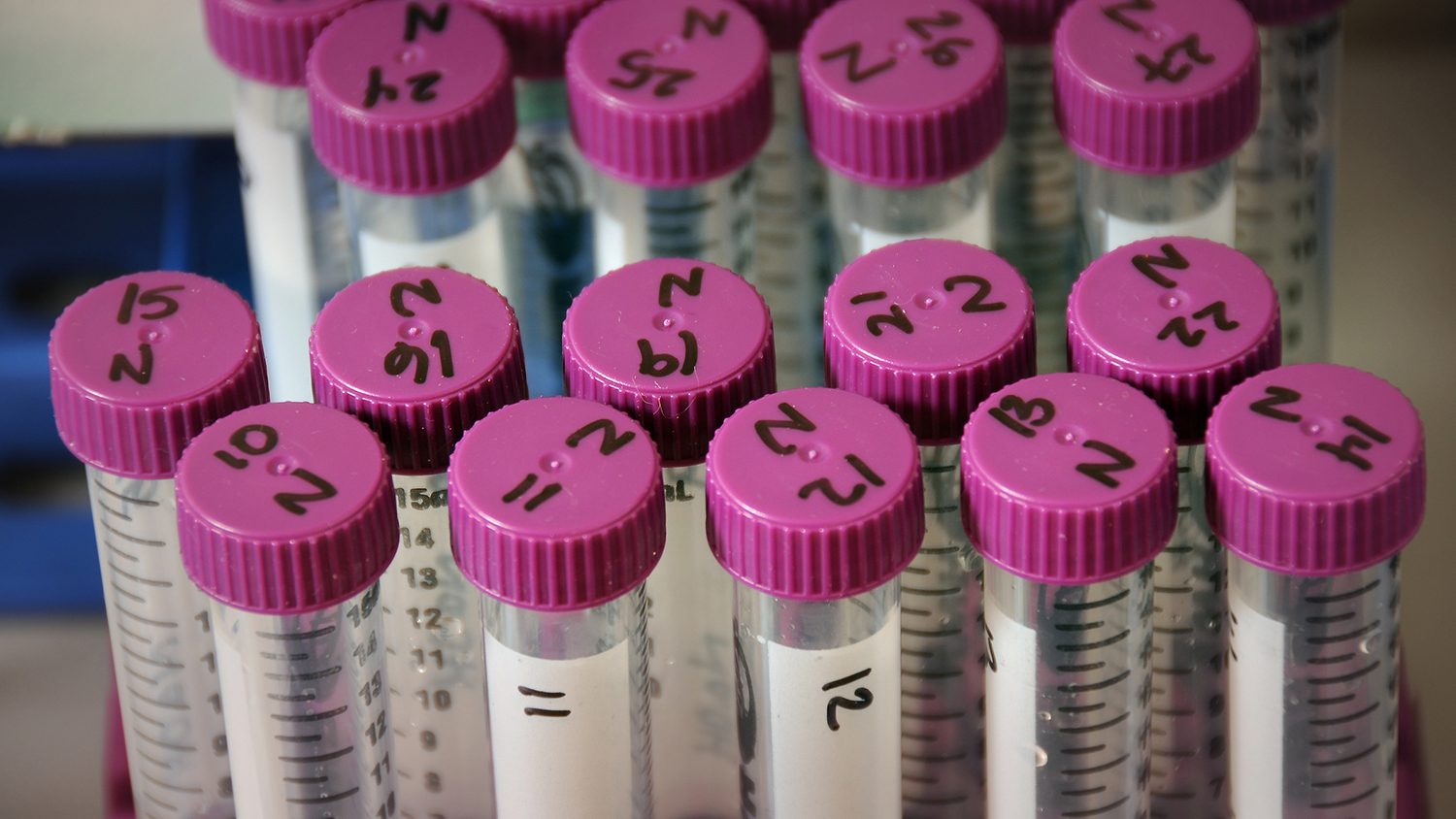IMPI encompasses the study of microbial communities and their interactions with arthropods, plants and animals, plant and insect microbiomes and their function, disease acquisition, transmission, immunity and host resistance. Within the scope of this sub-discipline we apply the concepts of epidemiology, epizootiology and modelling to study Insect Microbe Pathogen Interactions.
Participating Faculty
Aram Mikaelyan
Wood-feeding insects like termites depend on complex and host-specific microbial communities in their gut, also called gut microbiomes, that aid in the symbiotic digestion of lignocellulose. The IMPI program in the Mikaelyan lab is focused on understanding the functional basis of this digestive symbiosis. Our research draws on a range of approaches, from microbial ecology, metagenomics, metatranscriptomics and the use of gnotobiotic models to understand how insect biology is influenced by their gut microbiomes, and how insects could be determining the host-specificity of these microbiomes.
Loganathan Ponnusamy
Our research focuses on arthropod-microbe interactions. We apply both cultivation-dependent and cultivation-independent methods to identifying microbial species and the active semiochemicals they produce that mediate the oviposition responses to mosquitoes, sand flies and ants, a novel approach for insect pest control. Our study also involves investigating how microbiome imbalance and within-host evolution influences pathogen susceptibility, what role gut microbes play in protecting their host including ticks, chiggers, caterpillars, mosquitoes, flies and fire ant colonies.
Dorith Rotenberg
My research program generates Frankliniella occidentalis (western flower thrips) transcriptome sequence resources that enable functional analysis of tospovirus-thrips interactions, and I lead the coordination of the i5k F. occidentalis genome annotation consortium to deliver sequence resources to community members with particular interests in insect evolution, development, and vector-virus interactions.
Coby Schal
As major pests in households, hospitals and animal production facilities cockroaches and bed bugs can acquire and transmit microbes on their surface and in their gut. We are characterizing variation in gut microbiomes of insects collected from various environments, and seek to understand the contribution of cockroaches and bed bugs, and the metabolites they produce, to the environmental microbial communities and indoor health. Using gnotobiotic models, we are investigating the roles of gut microbes in aggregation behavior of the German cockroach, and the nutritional bases of symbiotic associations of cockroaches and bed bugs with Blattabacterium and Wolbachia, respectively. Using metagenomics approaches we are investigating the roles of farm-associated cockroaches as reservoirs and mechanical vectors of antibiotic resistance genes and pathogenic bacteria across the agricultural-residential landscape.
Wes Watson
Pathogen acquisition and transmission are key concerns of the Medical/Veterinary Entomology community. Arthropods serve as biological and mechanical vectors of bacterial, viral, protozoal, and filarial organisms that cause disease in humans and animals. Furthermore, many of the aforementioned pathogens and others including fungi cause disease in arthropods, falling under the umbrella of Insect Pathology and Biological Control. My lab investigates opportunities to study these interactions in relation to human and animal disease.
Anna Whitfield
Our research explores plant-virus- vector interactions at the molecular level with the goal of developing a better understanding of the complex sequence of events leading to virus acquisition and transmission by vectors. The virus life cycle is inextricably linked to fundamental host processes. Our research goals are to identify insect genes that are important for virus infection of the arthropod vectors using a functional genomics-based approach, develop a better understanding of virus entry and the role of viral glycoproteins in this process, and develop virus and insect resistant plants.
